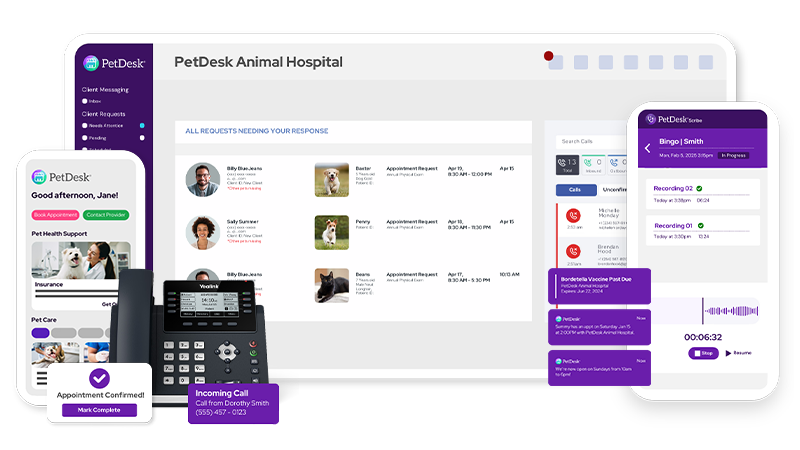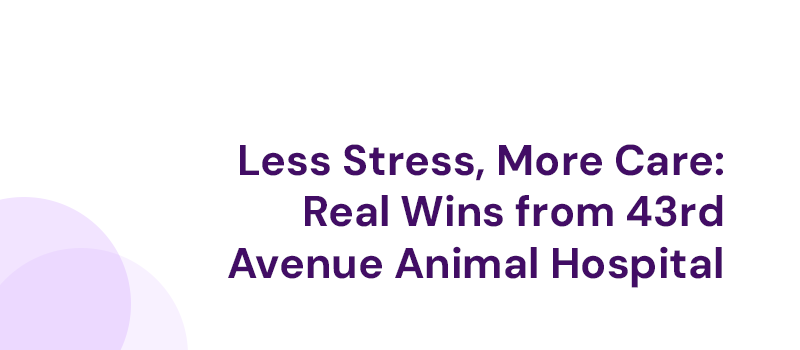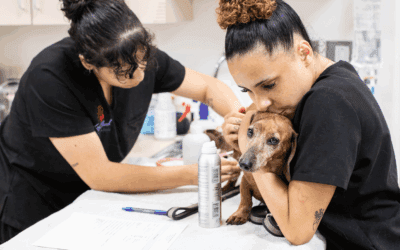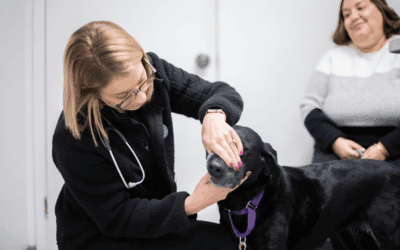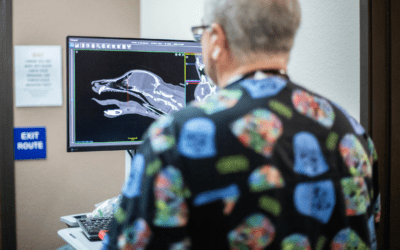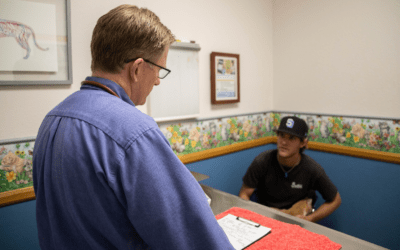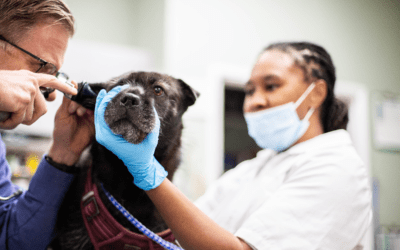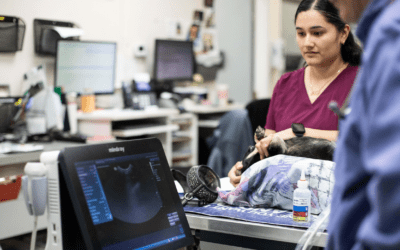the petdesk blog
Veterinary Industry Insights
Explore insights and analysis around common topics and challenges within the veterinary industry.
2025 veterinary industry stats in the US: what you need to know
The veterinary industry has continued to evolve throughout 2025—shaped by...
The hidden cost of poor communication in veterinary practices
Time is valuable in busy veterinary clinics like yours. Yet one of the...
Why unified veterinary communication software is the future for practices
A lack of available appointment slots, long phone hold times, the...
Gaps in convenience could lead pet parents to change vets—here’s what you can do
Pet parents have grown used to the convenience of managing nearly...
6 questions veterinary teams asked us at WVC 2025
Exciting conversations, personalized product demos and discounts, the...
Expectations vs. reality: 5 questions your veterinary team needs to answer in 2025
An audience’s expectations don’t always match up with the current reality...
Uncovering workflow inefficiencies in your veterinary clinic’s phone system
Do you or your team members feel overwhelmed by juggling high call volume...
The ultimate veterinary marketing guide
Our veterinary marketing guide is here to help you make the right...
Overcoming workplace challenges with veterinary technology
Veterinary clinics are busy environments, with staff members often having...
Build lasting veterinary client relationships with PetDesk!
Strong veterinary client relationships help professionals like you...
Starting your own veterinary clinic: a quick breakdown
There’s a lot that goes into starting your very own veterinary clinic,...
Stress and compassion fatigue: addressing the growing crisis among veterinary staff
Veterinary professionals are also professional multitaskers, but...


